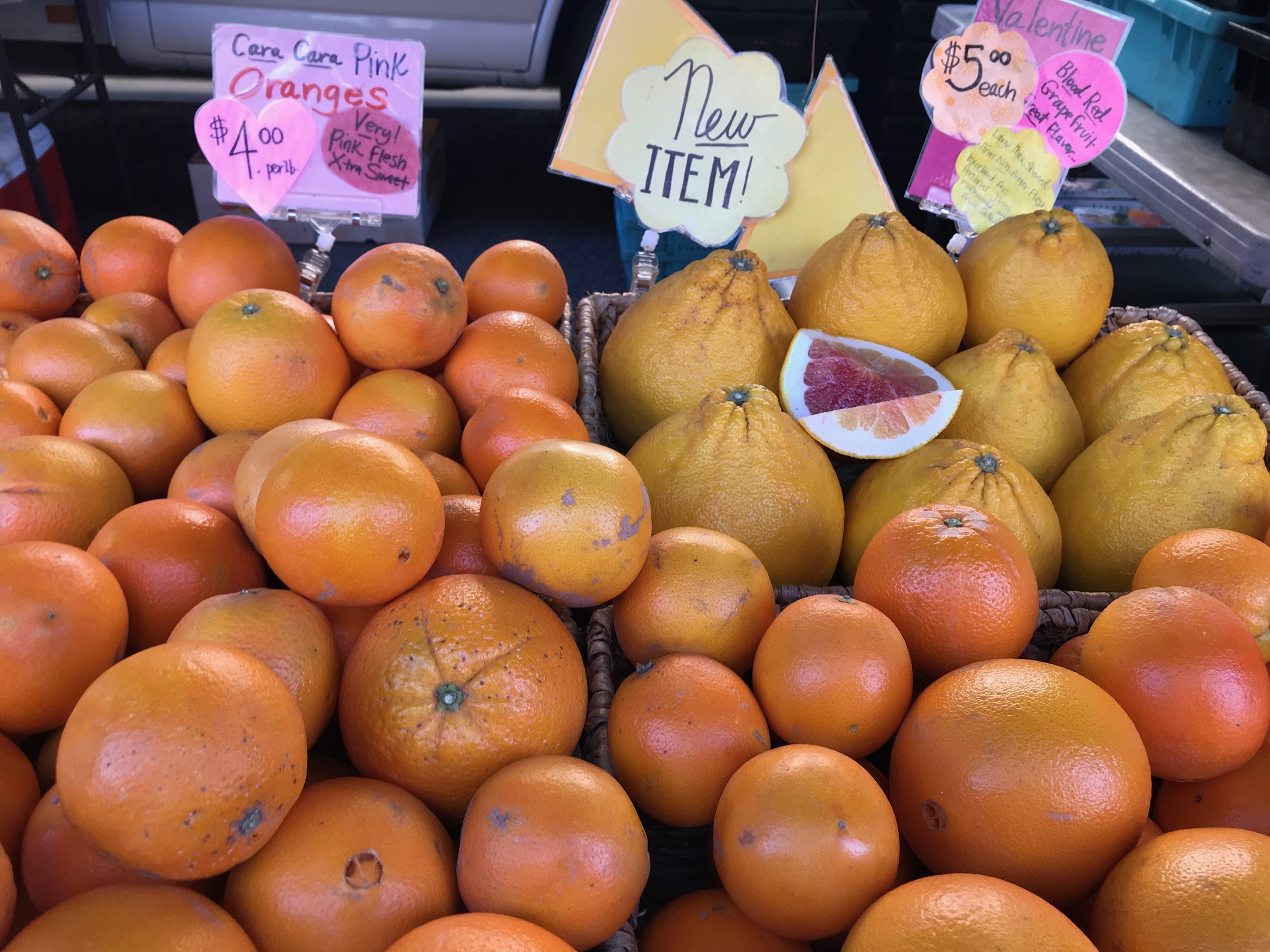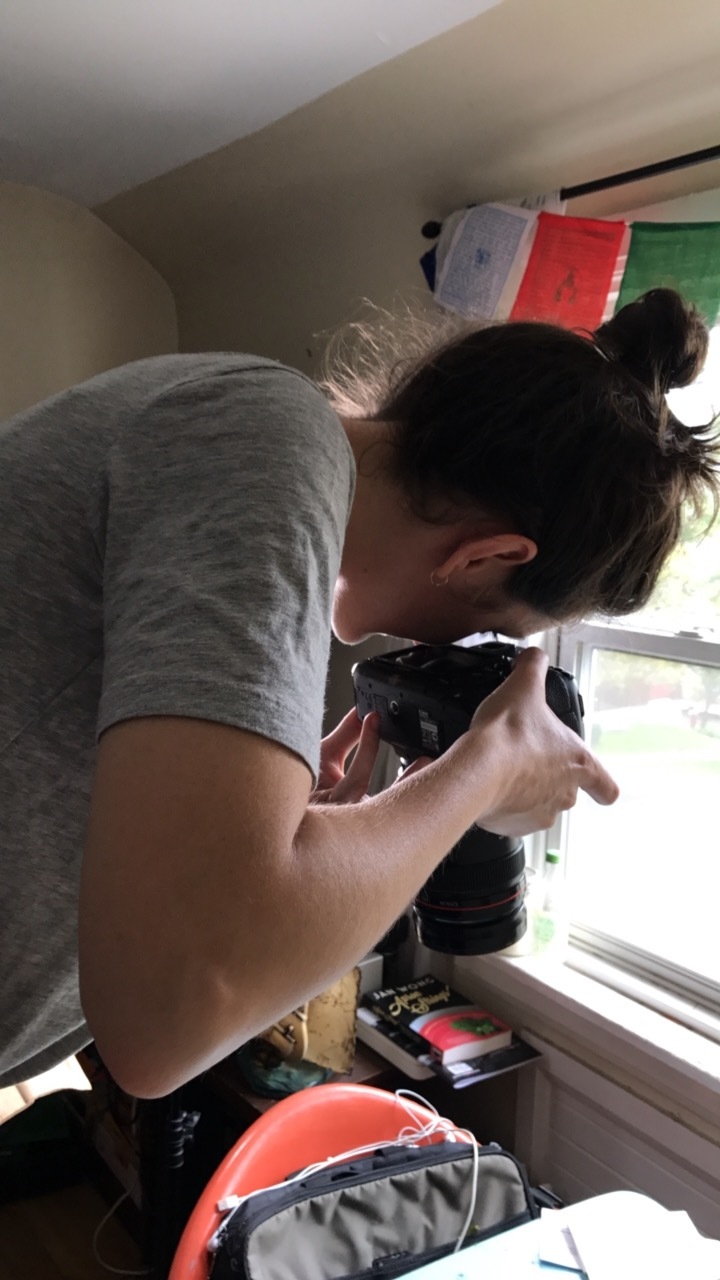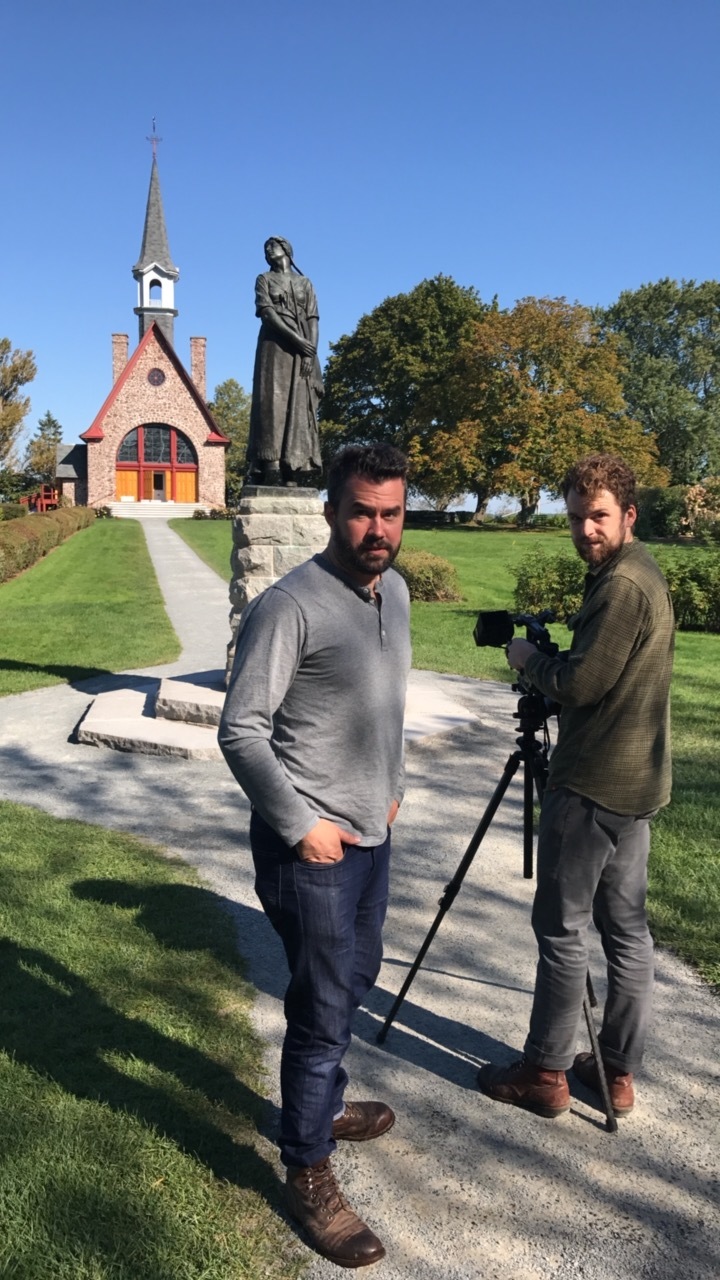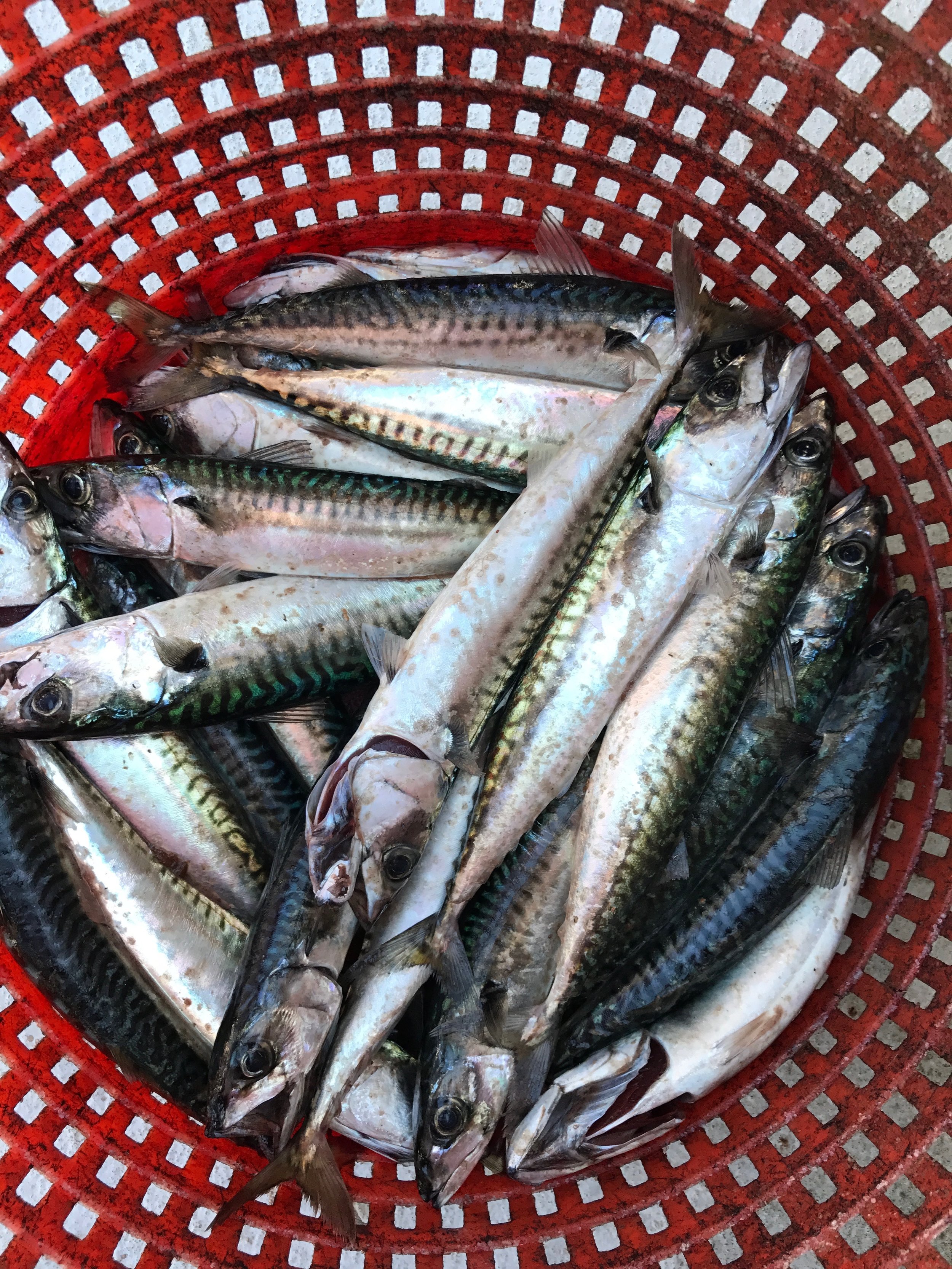Talking about food, old recipes, culinary heritage and more.
Many thanks to Carmen and Natalie who invited me to be a part of the Festival de Clare-té.
When you write about very specific subjects, and spend the majority of your time digging into (what you view as) minutiae, you can be surprised when other people are as interested as you are in such things. In my case, it's culinary heritage, and the many ways it can manifest itself.
So I was surprised, moved, and excited to be a part of the Festival de Clareté put on my La Fédération régionale des arts et du patrimoine, based in my home base of Church Point, Nova Scotia, and the surrounding villages which make up Clare, Nova Scotia.
I had the chance to speak to groups (and generations) of people interested in their own cuisines as a form of heritage, and something to discuss, promote, and even dissect a little. One of my favourite moments was to be a part of a panel put on le Centre acadien at Université Sainte-Anne, where panelists including Clint Bruce, the chair of Acadian and transnational studies at Université Sainte-Anne, Georges Arsenault, author, ethnologist and folklorist on Acadian traditions, and the recent Canadian parliamentary poet, Georgette LeBlanc. You can watch the panel discussion - in french - over at Sainte-Anne's YouTube channel.
But as much as I loved being home and talking about Acadian foodways with people who live them daily, it's always exciting to share them with a new audience. And I got to do that with arguably one of the best voices in food media, Evan Kleiman from KCRW's Good Food.
I've been listening to Good Food for years now, and listen to it every week. Although at first glance radio production may seem easy - just sit and talk - you have to ensure that your hosts and the guests have something interesting to say, and that will keep them tuned in, week after week. That's what Good Food has done consistently for almost 20 years now. So to be asked to be a part of it all was pretty amazing. Many thanks to Rosalie Atkinson for extending the invitation, and to Evan Kleiman for being as gracious as she sounds.
Sidenote: One of my favourite parts of Good Food is The Market Report where Laura Avery visits the Santa Monica Farmers Market on a weekly basis to talk with farmers and vendors. The day of my interview, I had the chance to go to the market with my friend Hank. It was amazing to see (and taste the wares of) the farmers and vendors I have heard about for years. Especially the flavours of the insane amount of citrus found for sale. Tasting citrus that had been ripening on a tree less than a few hours ago is something I will cherish for a long time.






















